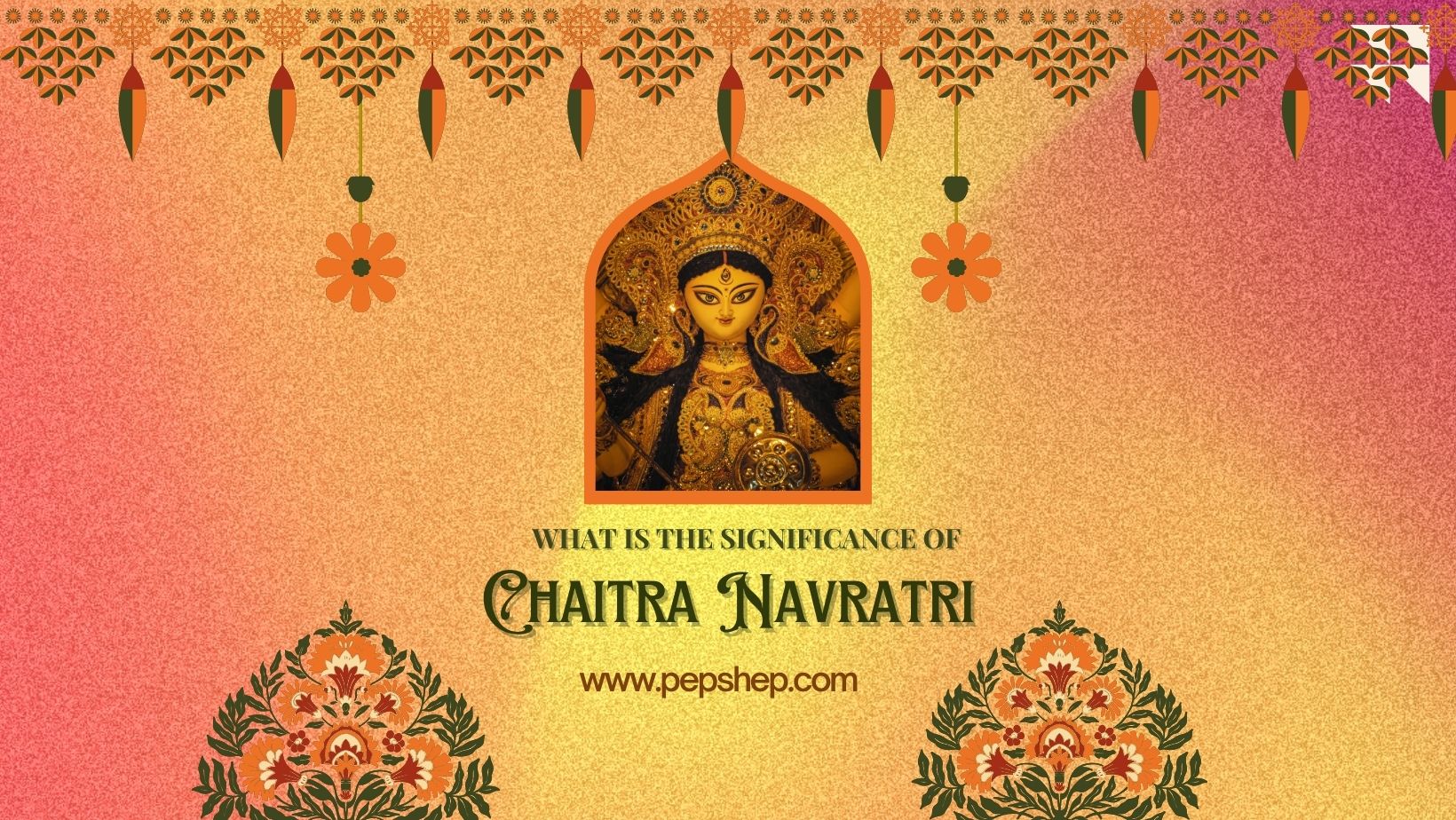

What is the significance of Chaitra Navratri? History and Celebrations
Navratri is an age-old Indian custom that is fervently and enthusiastically observed throughout the country. Because of its significant religious importance, the festival is one of the most auspicious Hindu celebrations and one of the biggest festivals of the year.
However, few people are aware that Navratri is observed five times a year during various seasons. They are the Paush/Magha Navratri, Sharada Navratri, Ashadha Navratri, and Chaitra Navratri. Among these five, Sharad Navratri in the Varsha Ritu (the beginning of fall) and Chaitra Navratri in the Vasanta Ritu (the season of spring) are the most significant ones.
Chaitra Navratri: The First Celebrations of the Year
Chaitra Navratri or Vasant Navratri starts on the first day of the Hindu calendar and typically occurs in the months of March or April. Northern India celebrates these grand nine-day festivities with great fervour.
This Navratri is observed between March and April during the Shukla Paksha of the Chaitra Masa (Hindu calendar month). Also, the first day of this navratri is observed as Gudi Padwa in Maharashtra and as Navreh in Kashmir. In Northern and Western India, this navratri is widely observed and brings more awe and holiness to the vibrant spring season.
Chaitra Navratri: Significance
The worship of the nine forms of Goddess Durga is the prime focus of the nine-day celebration. The nine avatars of Maa Durga, including Shailputri, Brahmacharini, Chandraghanta, Kushmanda, Skanda Mata, Katyayani, Kaalratri, Mahagauri, and Siddhidatri, are honoured on each of the festival’s nine days, each of which has special importance.
This festival is also dedicated to Lord Ram by many Hindu devotees. It is thought that during this time, King Dasharatha and Queen Kausalya of Ayodhya’s son, the seventh avatar of the Hindu deity Vishnu, Lord Rama was born. On the 9th day of the festivities, known as Ram Navami, people worship Lord Ram and decorate locations linked to his birth and existence.
Chaitra Navratri: Celebrations
During the auspicious festival of Chaitra Navratri, followers of the Hindu deities Goddess Durga and Lord Rama fast and offer nine days of prayers for success and happiness. People worship the nine manifestations of Goddess Shakti during the nine-day festivities, and on the final day, they celebrate Lord Rama’s birth by observing Ram Navami.
Also, the majority of Shardiya Navratri ceremonies, which take place in September or October, are also performed during Chaitra Navratri.
Furthermore, the devotees of Maa Durga and Lord Ram refrain from drinking booze, having non-vegetarian food, and consuming onion and garlic during the nine-day Navratri celebrations. Numerous individuals participate in Hindu ceremonies and pujas. Additionally, during the auspicious Chaitra Navratri festival, temples and other religious buildings are decorated to attract devotees to worship there.
With this, we wish you a very happy Chaitra Navratri.
For more information on festivals, pooja and celebrations, visit www.pepshep.com.
- Books, celebrations, christianity, Diwali, Events, festivals, Gifts, global, green celebrations, love, mother, mother's day, nature, office, pets, quotes, social, social impact,